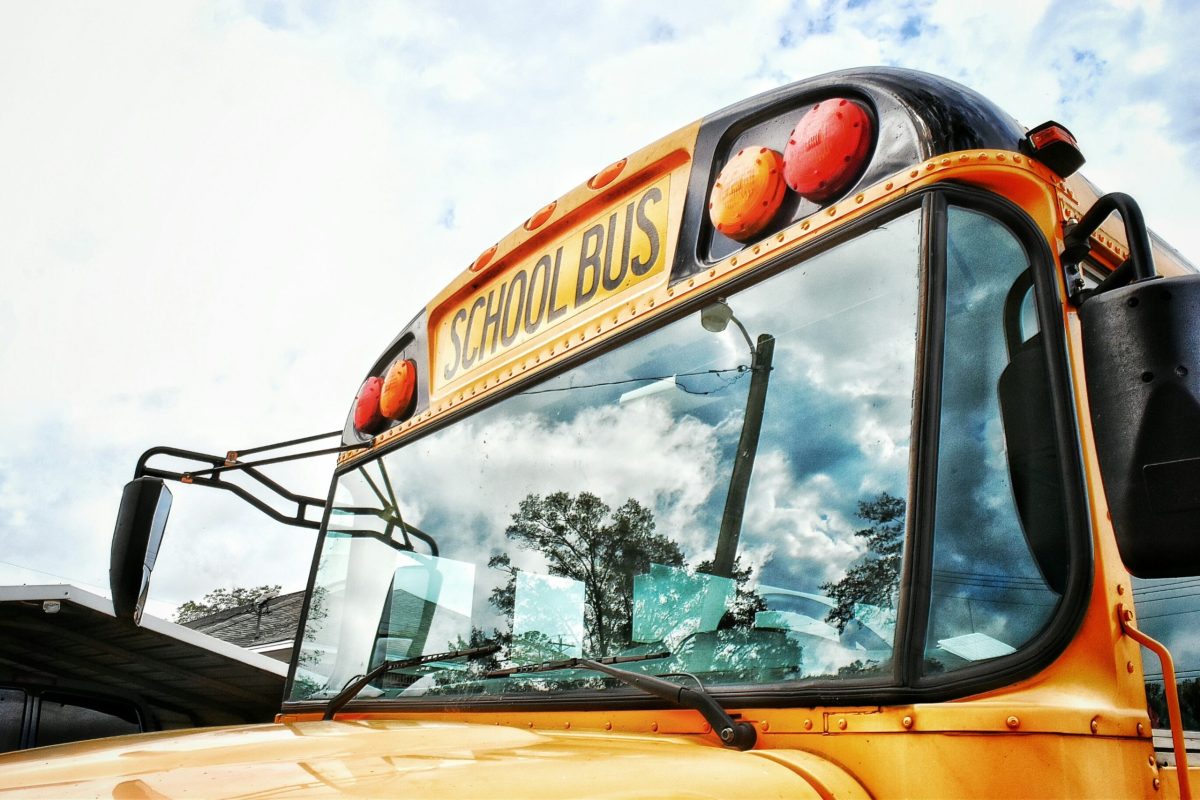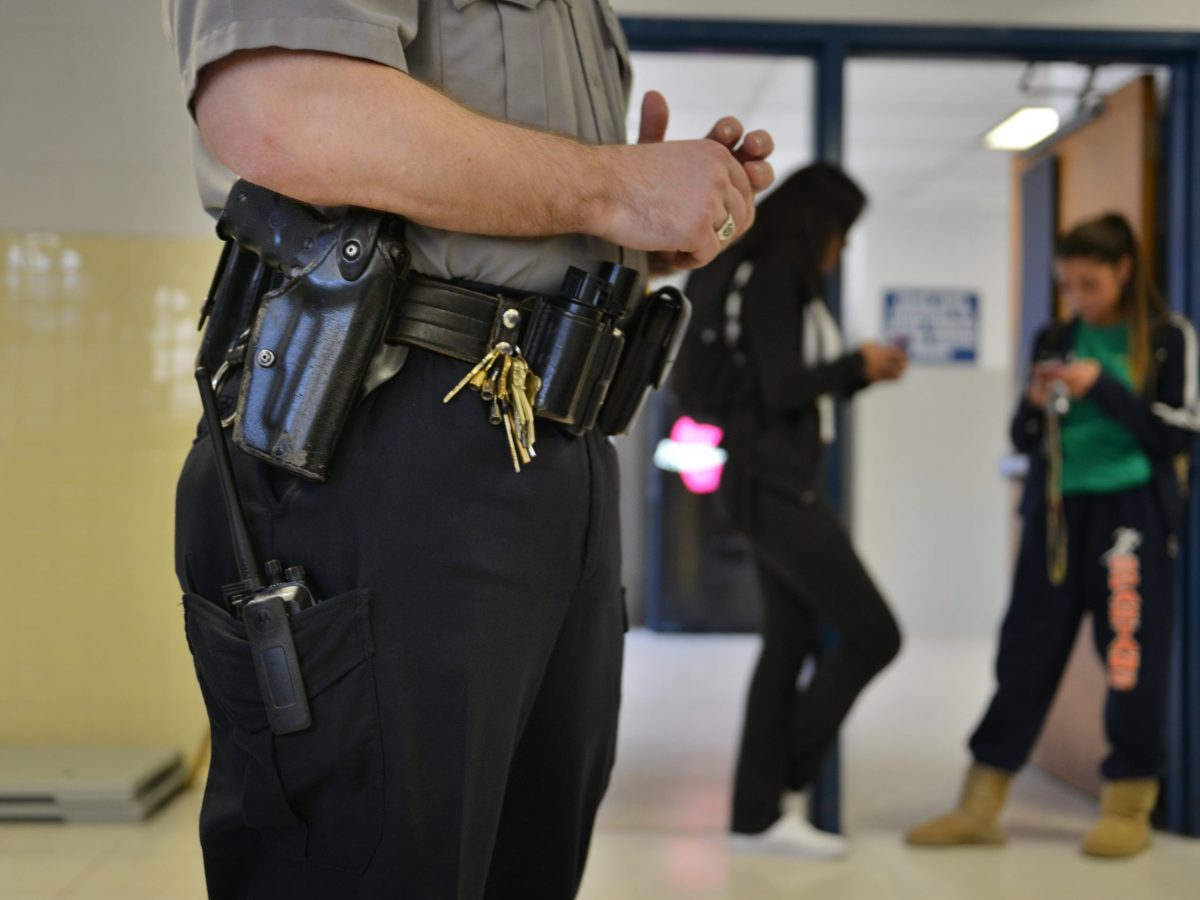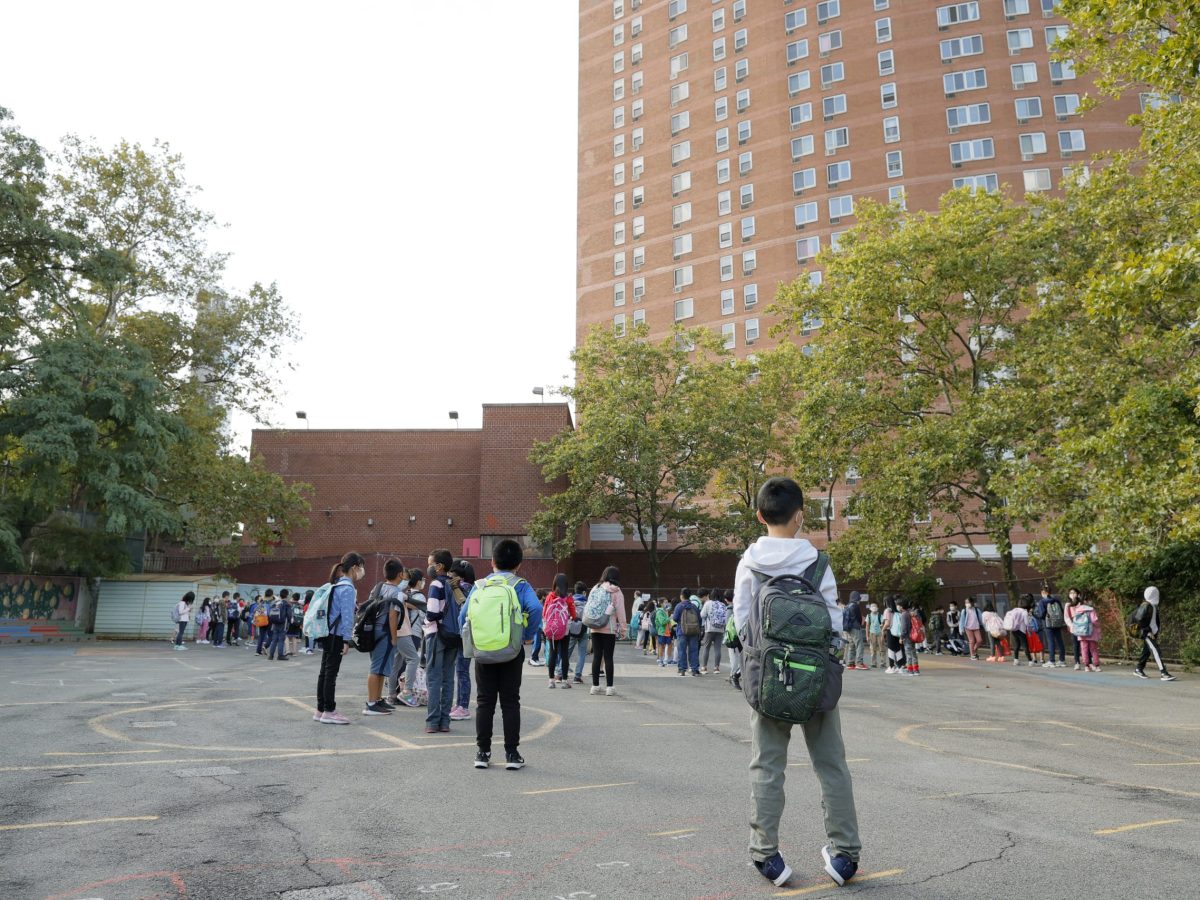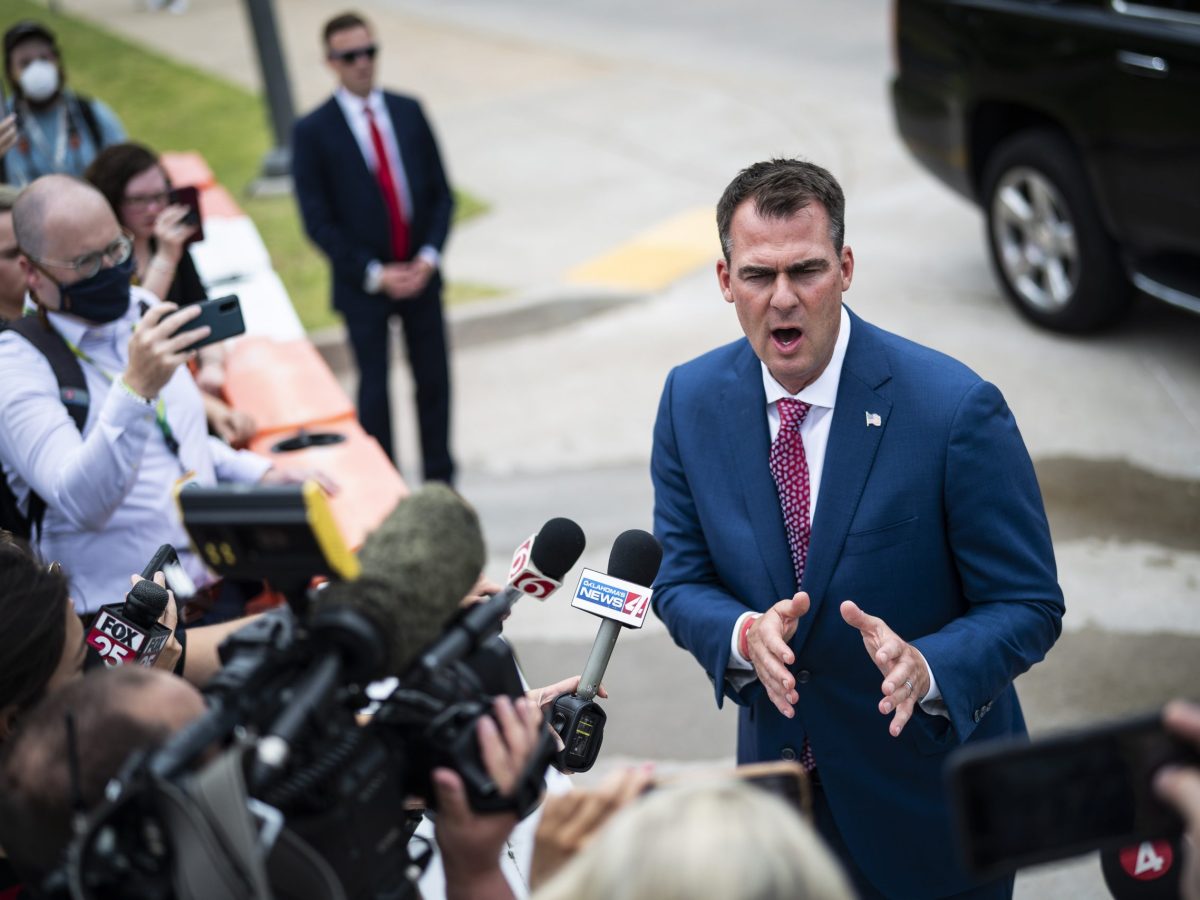Federal funding to support homeless students often comes up short.
Before the pandemic, it amounted to about $60 annually per identified homeless student nationwide, according to a Center for Public Integrity investigation in partnership with The Seattle Times, Street Sense Media and WAMU/DCist. That often represents a sliver of what schools spend to support them.
In December, Congress increased funding for homeless students by 13%, a move that came after a years-long push by advocates and our investigation the previous month. But that’s hundreds of millions of dollars below the level many members of Congress thought was necessary.
And the money doesn’t flow directly to schools that serve the children. Reporting by Street Sense Media and WAMU/DCist found that Washington, D.C., schools with the highest percentage of homeless students were not awarded the funding. The Seattle Times showed how federal formulas leave states like Washington, which does a better job identifying the children qualifying for help, with less money per homeless student than other places.
Now, some school districts are allocating more money for helping these students as they try to close the gap left by insufficient federal funding. Children with unstable housing are less likely to graduate and more likely to face discipline than their peers, making school support critical.
New York City, the nation’s largest school system, is the latest to propose funneling more money to schools that enroll a significant number of homeless students, joining the state of California and districts such as Boston and Houston.
“If we don’t write that into the funding formula, it’s tough to have that batch of students represented in the push and pull around spending decisions,” said Marguerite Roza, director of the Edunomics Lab, a Georgetown University research center focused on school finance.
A 2020 Edunomics Lab report found that large school districts often use funding formulas to support particular types of students, such as those living in poverty or suffering from poor academic performance. Few target funds specifically for homeless students.
Last school year, more than 100,000 students in New York City were homeless. Across the nation, K-12 schools have identified more than 1 million homeless students, which represents a significant undercount, Public Integrity’s investigation revealed.
In nearly every state, homeless students graduate at much lower rates — and dropping out of high school increases their risk of housing instability later in life. Students experiencing housing instability often face discipline in schools at rates higher than their housed peers, as The Seattle Times showed in December.
School districts are hoping that rethinking funding for homeless students could better cover the cost of keeping them on the path to success.
In New York City, the proposed additional $45 million would prioritize the “needs and voices of students who have long been forgotten,” Mayor Eric Adams said in a statement.
A city education department panel will review the proposal. If the plan is approved, schools could use the money to hire more staff and run outreach programs to connect with homeless children, including migrant students and those living in temporary housing.
“There’s a way to make sure that the money is flowing to the schools where these kids are and make sure it’s flexible enough to address their needs,” Roza said. “And it signals to schools that you really do need to do a good job by these kids and recognize that they’re different than their low-income peers who are housed.”
Figuring out how to fund support for homeless students
The latest funding boost from Congress comes after the American Rescue Plan earmarked $800 million for identifying and supporting homeless students in 2021, making federal funds available to districts that had not previously received the money.
Until the rush of one-time emergency aid in response to the pandemic, only one in four districts nationwide received dedicated funding for homeless students.
But the money was temporary. Advocates for maintaining that level of funding highlighted how districts used the windfall to expand spaces for students to study or do laundry, to improve access to counseling and legal services, or even to connect students with housing vouchers.
Last spring, about one-fifth of the U.S. House of Representatives signed a letter to their colleagues, urging renewal of the additional funding. The latest budget supplied a fraction of that: $129 million, the 13% increase over the previous year’s regular allotment for homeless students.
Before the budget vote, Democratic and Republican members of Congress told Public Integrity the federal government must do more to ensure consistent homeless-student support.
In Washington state, officials at the North Thurston Public Schools have devoted more resources to homeless students, boosting their high school graduation rates by double digits, The Seattle Times found. But officials there are worried what will happen when federal and state funding dries up.
Under the current system, the U.S. Department of Education awards funds to states through a formula that factors in poverty rates. States use their share to funnel competitive grants to districts.
“Part of [the solution] has to be making sure that the school districts that have good intentions … can get the resources they need to serve all students,” said Katie Meyer Scott, senior youth attorney with the National Homelessness Law Center. “That’s the harder issue.”
Shifts to the way districts are funded would allow schools to better assist students whose needs can change by the day, said Roza of the Edunomics Lab. A student experiencing homelessness may require a transportation voucher to get to school one day, a social worker to help with housing support and a tutor to help them catch up in class the next day.
“Whenever money comes from federal sources, it comes with federal rules. You have people saying, ‘You’re allowed to do this, and you’re not allowed to do that,’” Roza said. “That may not be the right approach for students with very dynamic needs that are changing regularly. They need people to be more nimble and responsive with a flexible pool of money.”







